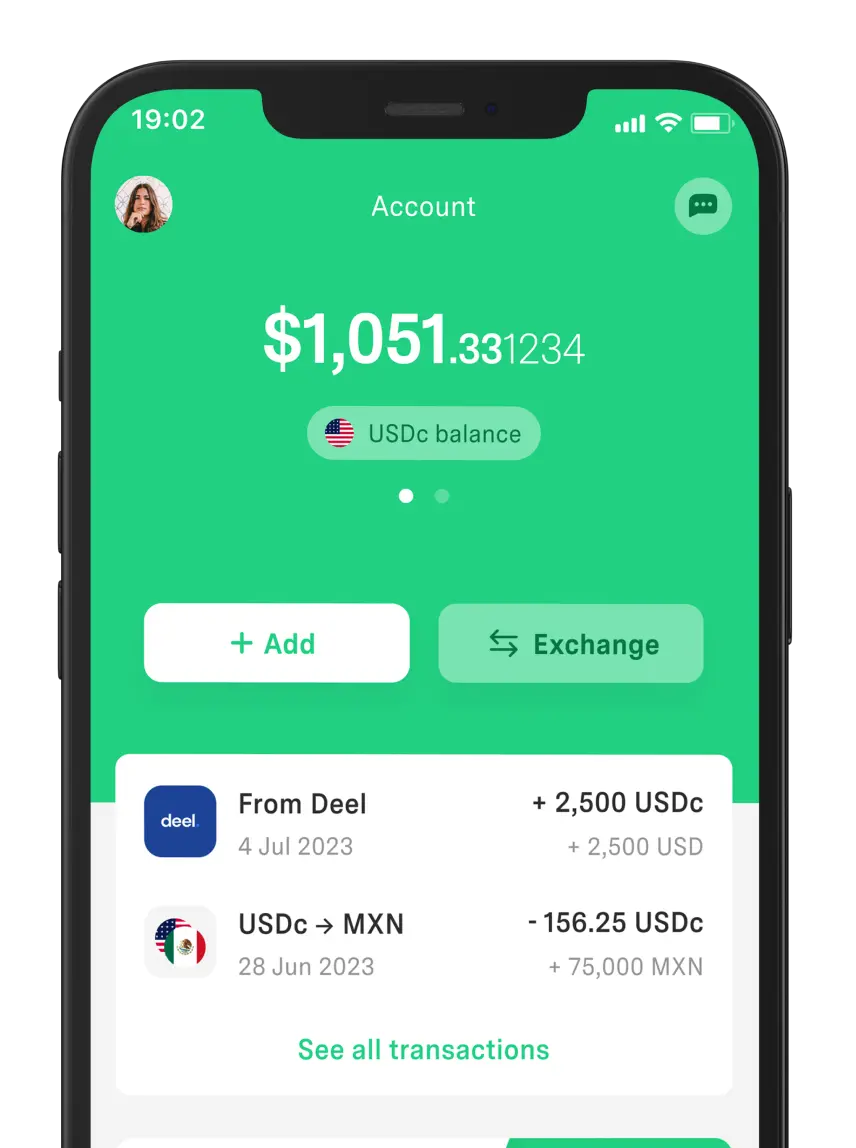 Freelancer tips
Freelancer tips How to Open an LLC from Mexico and Invoice in U.S. Dollars
Want to open a U.S. LLC from Mexico? This guide covers the basic steps to make it simple and hassle-free.



The marketing mix refers to the strategic variables a company controls to influence the consumer’s purchase decision. It’s a model that began with Jerome McCarthy’s 4Ps (product, price, place, and promotion) and evolved into the 7Ps.
Today, the marketing mix is the backbone of every business strategy. If you want to learn more, keep reading this post to discover what the marketing mix is and how to create your own.
It’s the set of strategic decisions that help a company stand out in the market and connect with its target audience. This covers everything from designing a product/service to how you communicate with consumers.
That’s why the marketing mix—also known as the marketing mix model—is essential to any commercial strategy. It enables companies or freelancers to plan and coordinate actions that drive both sales and brand positioning.
It’s also directly related to strategic marketing. Why? Because both aim to align business objectives with external opportunities.
Here’s how it works…
Strategic marketing analyzes the market, identifies segments, and defines the value proposition. The marketing mix then turns that strategy into concrete actions to achieve the desired outcomes. In doing so, it maintains a competitive advantage over other players in the space.
The elements of the marketing mix are the variables companies use to execute their marketing strategy. These are the famous 4Ps of marketing, introduced in 1960 by Jerome McCarthy in his book “Basic Marketing.”
The 4Ps of marketing are:
Product. The good/service offered—covering design, quality, features, and what differentiates it from the competition.
Price. What that product/service costs, but also the perceived value, the brand’s market position, and the profit sought.
Place. The channels and means that bring the product/service to the consumer—i.e., logistics, distribution, and points of sale (physical or digital).
Promotion. Everything a company does to make the product known and encourage purchase—from advertising and PR to digital marketing and social media.
In the digital era, the 4Ps remain key to helping brands strengthen their presence and connect with global audiences.
Platforms like Canva or CapCut, for example, help generate engaging content to build closer relationships with consumers on social media.
To adapt to new business models, the marketing mix added 3 variables to the traditional 4Ps. These are:
People. Includes the internal team and those who interact with customers—for example, sales staff, support agents, or community managers.
Process. The actions that enable the product/service to reach the customer. In digital environments, this includes app navigation, ease of payment, or post-sales support.
Physical evidence. These are the visible proofs that back up what the brand promises. They can be customer testimonials, reviews, success stories, or even the appearance of the website or app.
The 7Ps are now essential for services, apps, and digital products—especially because user experience and trust are the foundation for growth in this environment.
The marketing mix can be applied to any company, regardless of size or sector. The key is to do it strategically to connect with your audience and strengthen your positioning.
Marketing mix examples:
Product | Price | Place | Promotion |
Apple | High-end innovations with distinctive design. | Maintain quality while reaching new market segments. | Physical stores and digital channels. |
DolarApp | App to send and receive digital dollars and euros. | Stands out for transparency, with no hidden fees. | 100% digital and accessible from Android and iOS. |
Both cases show how a well-applied marketing strategy can strengthen positioning and customer connection.
Below are the basic steps to build your marketing mix:
Define your target audience.
Identify your competitive advantages.
Adjust the 4Ps based on your resources.
Integrate the digital environment.
Set quality indicators and measure results.
Optimize and improve continuously.
Here’s what to do at each step:
First, identify your ideal customer, their needs, and the factors influencing their purchase decision.
A SWOT analysis can help you understand your position relative to the market and competitors. It’s also a good idea to complement this with models like Porter’s Five Forces so you can evaluate external factors before defining your strategy.
Determine what sets you apart from the competition—is it quality, innovation, service, or price?
Use those strengths to build a compelling value proposition that makes it clear why customers should choose you.
Adjust product, price, place, and promotion based on your real capabilities and financial goals. The key is for the four variables to work together and remain consistent with what you offer and what your audience expects.
Any imbalance among them can hurt results.
Leverage tools like Canva or Visme to design attractive promotional materials.
Use digital channels and stores to expand your reach and improve the customer experience.
Compare your data against your goals and analyze which strategies bring you closer to your targets. Ongoing measurement is the basis of good decision-making.
Define metrics to measure performance—such as customer satisfaction or conversions.
These indicators will help you make more precise decisions.
The market changes—and your marketing strategy should, too.
Continuous improvement is what keeps a brand relevant and competitive. Adjust your actions based on results, trends, and customer feedback.
Understanding and applying the marketing mix enables companies to design more effective, customer-centric strategies. That’s why the 4Ps—and their evolution into the 7Ps—are essential for planning, coordinating, and measuring actions. This is what drives sales and strengthens positioning.
However, integrating them with digital tools and a focus on user experience is vital to attract more customers. At the same time, it helps build stronger, more coherent brands oriented toward sustainable growth.
If you’re self-employed, you’ll find an ally in DolarApp for your international transactions. Our app lets you send or receive payments in digital dollars or euros. Regardless of the amount, the commission is standard: 3 USDc/EURc per transaction.
We also offer a competitive exchange rate for buying and selling currencies, at no additional cost.
It’s the set of tactics and tools a company uses to design and execute its commercial strategy. This allows them to position their product/service in the market by combining variables that influence consumer behavior.
They’re the well-known 4Ps of marketing: product, price, place, and promotion. Each is key to designing integrated strategies focused on achieving the company’s commercial objectives.
The 7Ps add three variables to the 4Ps: people, process, and physical evidence—elements that are especially valuable for services and digital environments.
Start by understanding your market and what your ideal customer is looking for. Then define a strategy that combines product, price, distribution, and promotion—and adjust each element to stand out from the competition and reach your goals.
Sources:
“Basic Marketing” by Jerome McCarthy
International Journal of Marketing Studies

Os países têm fronteiras. Suas finanças, não mais.
 Freelancer tips
Freelancer tips Want to open a U.S. LLC from Mexico? This guide covers the basic steps to make it simple and hassle-free.

 Freelancer tips
Freelancer tips Precisa comprovar seus ganhos, mas não sabe por onde começar? Neste artigo, explicamos como obter um comprovante de renda em PDF.

 Freelancer tips
Freelancer tips Management by Objectives (MBO) improves focus and each person’s role within the organization. Discover how to apply it in your business.


